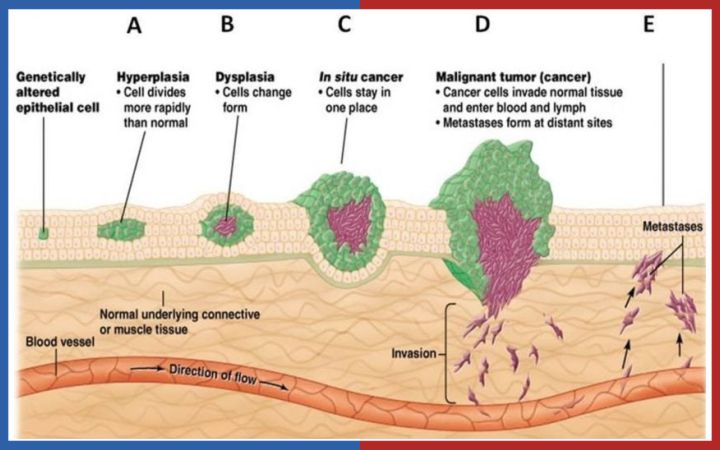
Cancer surgery removes the tumor and nearby tissue during an operation. A doctor who treats cancer with surgery is called a surgical oncologist. Surgery is the oldest type of cancer treatment. And it is still effective for many types of cancer today.
There are many reasons to have surgery:
- To diagnose cancer
- To remove all or some of a cancer
- To find out where the cancer is located
- To restore the body's appearance or function
Types of minimally invasive surgery
As mentioned above, the surgeon often makes large incisions in the body during surgery. But in some cases, a surgeon can use one or more smaller cuts. These surgeries typically speed up recovery times and have less pain after surgery.
Below are some examples of minimally invasive procedures and surgeries:
Laparoscopic surgery. The doctor makes small cuts in the skin using a thin, lighted tube with a camera. The term laparoscopy refers to a minimally invasive surgery of the abdomen. Mediastinoscopy and thoracoscopy is the same type of surgery but it is done in the chest. Laparoscopic surgery may also be done with the help of a robot. During this type of surgery, the surgeon directs robotic instruments to do the surgery. This surgical procedure may be used for the kidneys, prostate, uterus, or ovaries.
Laser surgery. The doctor uses a narrow beam of high-intensity light to remove cancerous tissue.Cryosurgery. The doctor uses liquid nitrogen to freeze and kill abnormal cells.
Mohs micrographic surgery, also called microscopically controlled surgery. A dermatologist uses this type of surgery to shave off skin cancer. He or she does this a layer at a time until all cells in a layer look like normal cells when viewed under a microscope.
Endoscopy. The doctor inserts a thin, flexible tube with a light and camera on the tip into the body. This device is called an endoscope. It may be inserted into the mouth, rectum, or vagina to examine the internal organs. During this procedure, the doctor might remove samples of suspicious tissue to examine further. Learn more about types of endoscopy.
